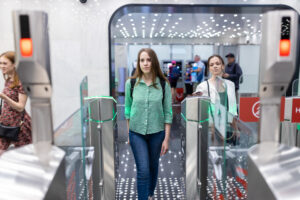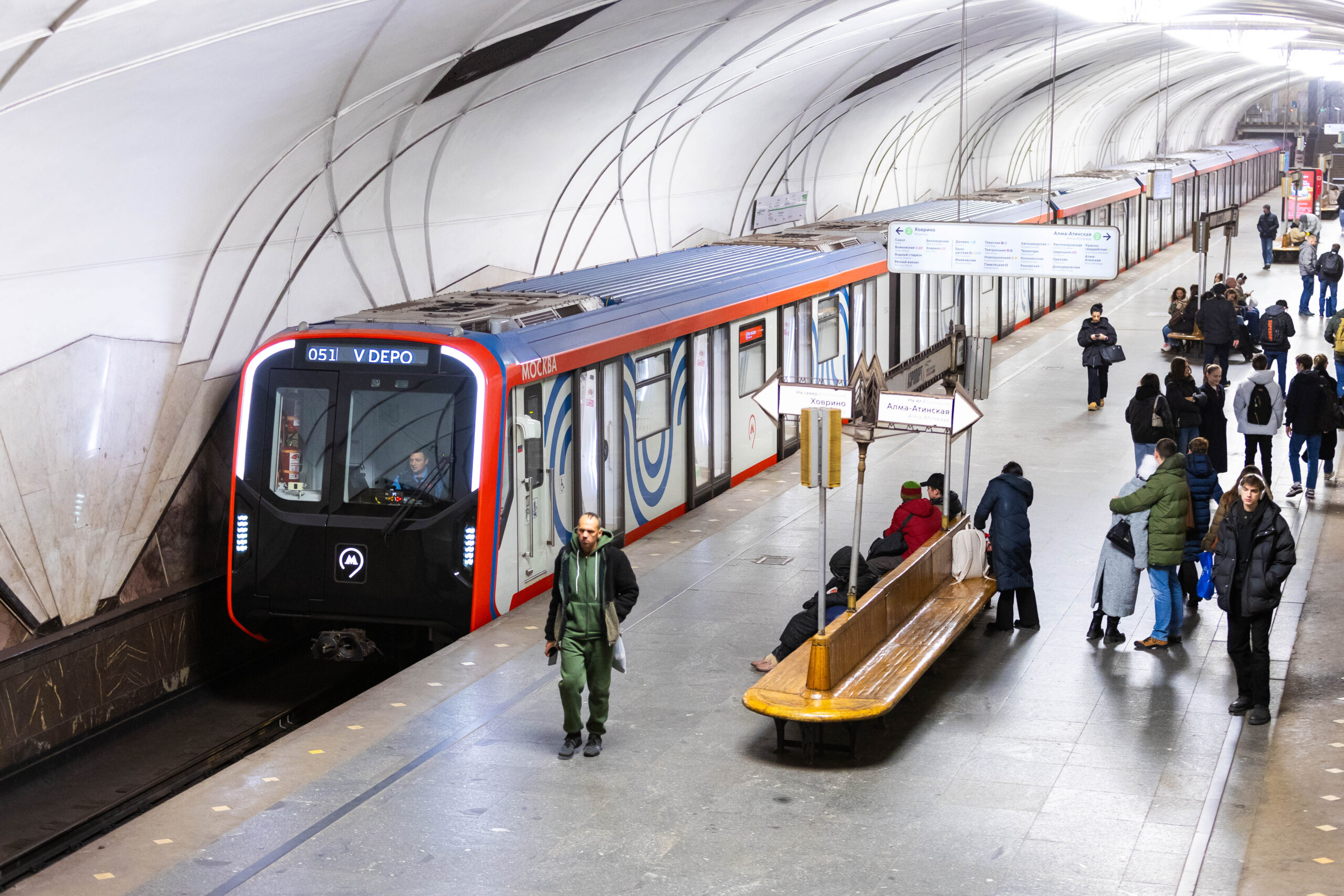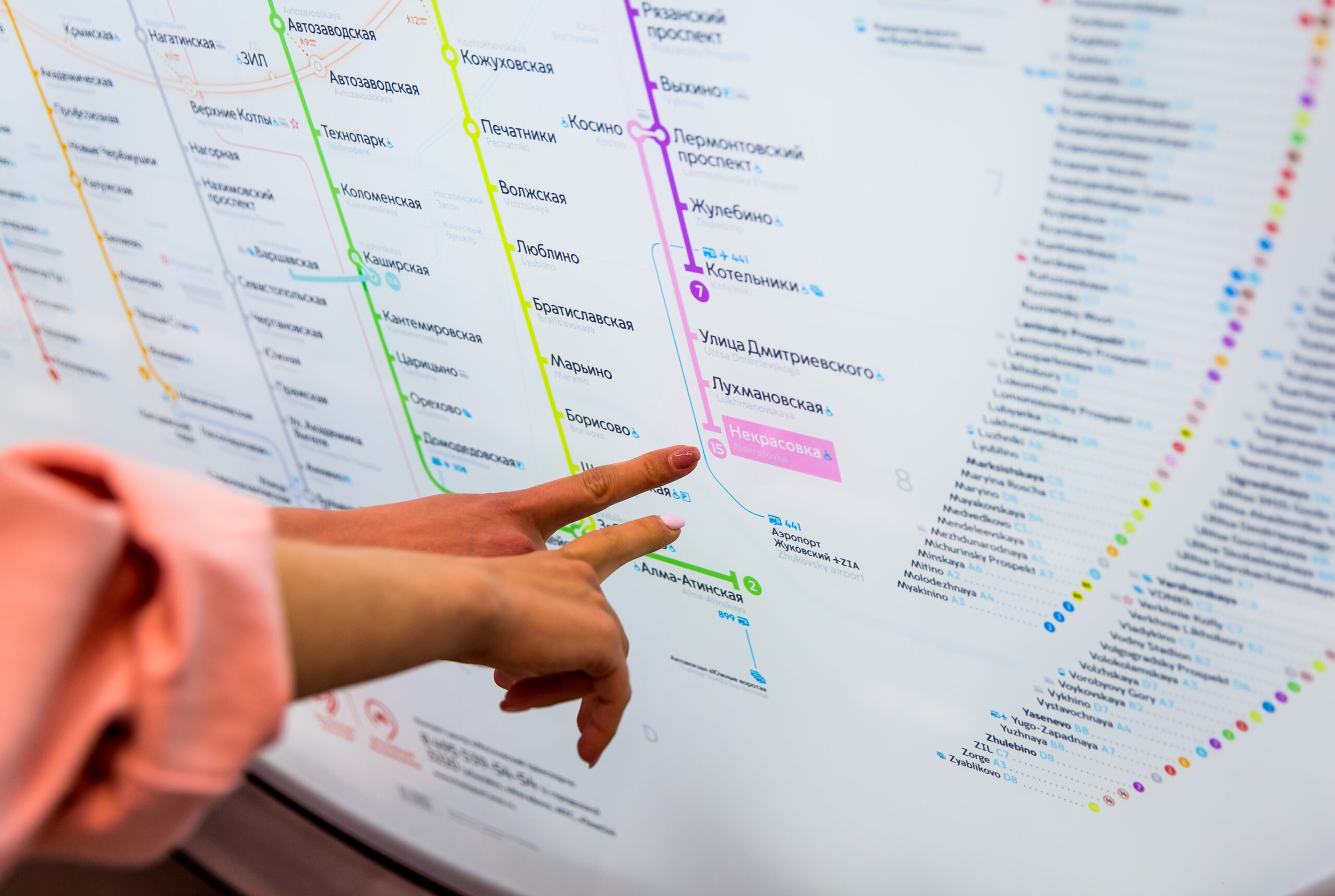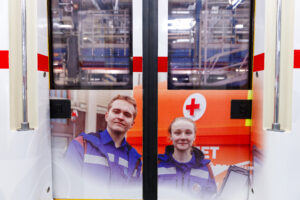As reported by Maksim Liksutov, a single trip using biometric payment costs 63 rubles. In comparison, payment via the «Wallet» ticket is 4 rubles more expensive, and payment by bank card costs 11 rubles more.
Biometrics by the Numbers:
– Over 400,000 users
– More than 160,000 trips every weekday
– 156 million entries since the service’s launch

Nowhere in the world is the most innovative biometric payment method as extensively and conveniently developed as it is in Moscow. Importantly, this is an absolutely secure service with bank-level protection. All data is reliably encrypted. By the end of this year, following the directive of Moscow Mayor Sergey Sobyanin, we will enable facial recognition payment at all metro turnstiles, — added Maksim Liksutov.


